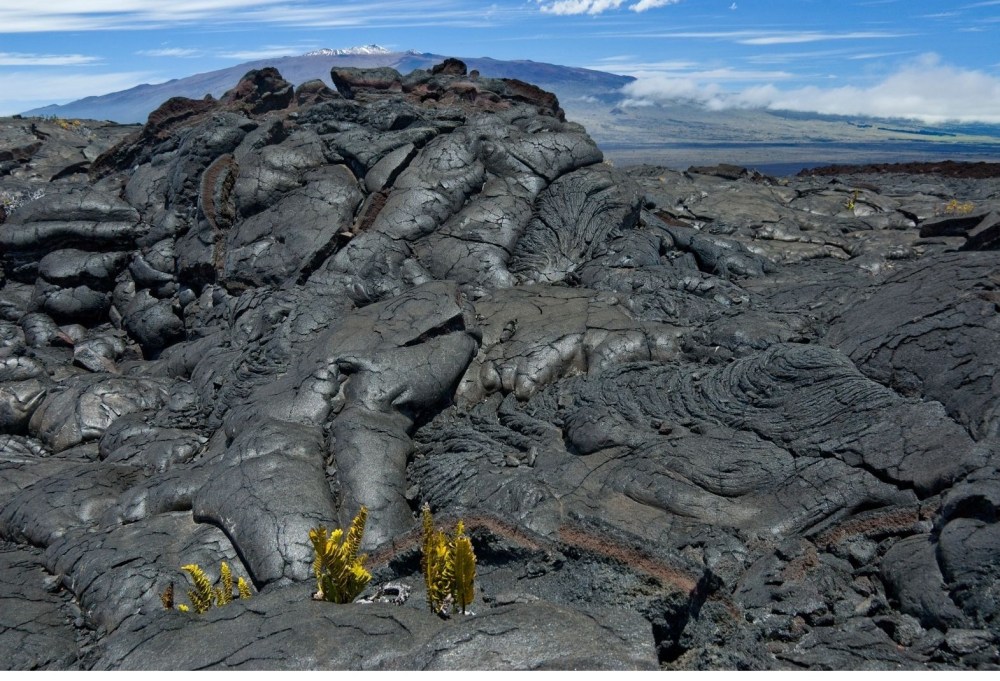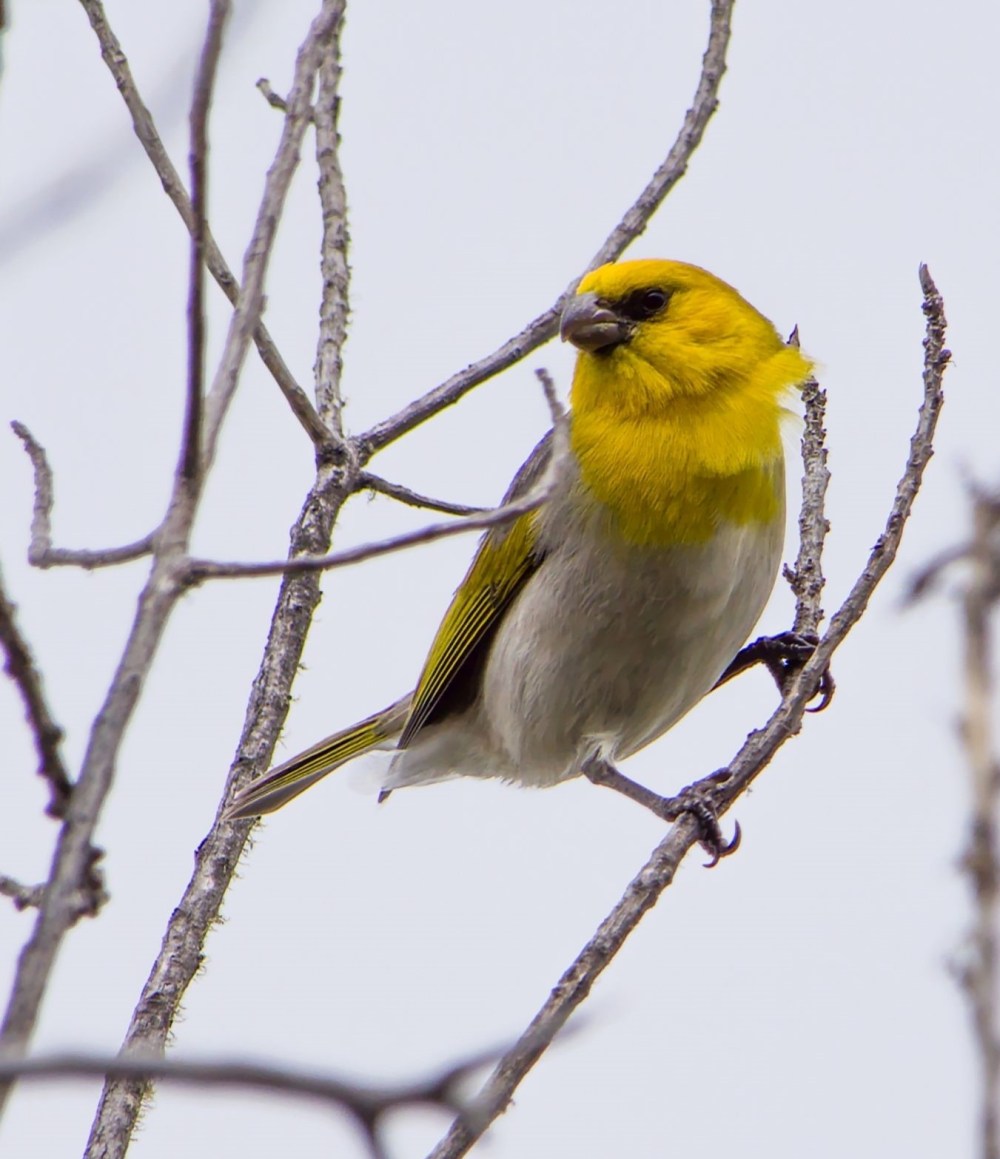Mauna Loa Observatory and Summit

Mauna Loa Observatory
There’s a lot to see on this Big Island volcano. Let’s talk about what you can expect when you visit!
The Mauna Loa Observatory stands more than 11,000 feet above sea level on the north side of Mauna Loa volcano on The Big Island. This important scientific facility measures various atmospheric gasses, including carbon dioxide. The vital information collected here has provided scientists with clear data regarding Earth’s climate since the 1950s. Because this facility is located at a high elevation, collected data over time provides an accurate picture without local fluctuations. However, emissions from volcanic eruptions can interfere with this data, so scientists adjust their findings accordingly.
The observatory is closed to the public, but take a drive and a hike up the volcano to see nature in all her splendor.
Hiking Mauna Loa
There are two possible routes to take to get to the Mauna Loa summit. Hikers should be physically fit and well prepared for a challenging walk over lava fields. So have good hiking shoes!

Hikers will need to keep an eye out for stacked lava (known as ahu) piles to note trail location. This can be difficult when visibility is low due to an approaching storm. However, on bright clear days, the trail provides fantastic views despite the thin, cool air. Keep an eye out for symptoms of altitude sickness and bring extra food, water, and gear for the trip.
This hike provides a fantastic opportunity for star gazing, as many of the planets and galaxies are visible at this altitude above the light pollution. However, freezing temperatures and steep inclines may make this challenging night hike too difficult without a tour guide.
Flora and Fauna on Mauna Loa
Although portions of this volcano are covered in lava fields, some creatures still thrive here. One notable example is the palila, which is an endangered Hawaiian honeycreeper. This finch-billed species only lives on the slopes of Mauna Loa and resides and dines within the māmane plant.

The seeds of the māmane are poisonous, and are deadly to other animals. However, this critically endangered bird digests this plant without issue, discarding the seed casings.
Another endangered bird species found on this volcano is the Hawaiian petrel. With only 50-60 breeding pairs left of this seabird, scientists take special care when lighting up research facilities. This lower alpine and sub alpine bird takes flight to find food at sea, but is easily disoriented by well lit areas and urban spaces.
If you’re looking for company at the volcano summit, you may keep your eyes open for the Mauna Loa bug. This species does not fly, but unlike its local counterparts on Mauna Kea, this bug is carnivorous. With harsh summit environments, it’s no wonder that endemic species find a way to survive— even if it means giving up their traditionally vegetarian lifestyle.
